Wow! Art Appreciation was my first class! I loved Dr. Margaret Dikovitskaya. She was so supportive and encouraging. It was a shock to start college after 30 years, and she was a great teacher to have at the beginning of my journey. When I started the class, I was so stressed about how difficult everything seemed. I had to ask my kids how to post to the discussion board. Now, I look back and wish I appreciated the simplicity of the class.
The class was appropriately titled. I developed a great appreciation for art from this class and the next in the series. Going to art galleries now has a different meaning, and I genuinely appreciate art.
From the syllabus:
Course Description
The development of satisfying discourse between the student and the work of art, employing a selective survey of major achievements and movements in the visual art of western civilization.
Rationale
This course will introduce the student to the visual arts from ancient times to present day. The students will learn the vocabulary used to discuss art, as well as investigate art-making materials and methods.
Philip Guston Report
Wow – the class jumped right into a report. Not my first choice of art styles, but it was interesting to learn about a new form. I read my report today and I cringe at how poorly it’s written. After two English classes and dozens of reports, I can do better. But it’s fun to look back.
Grade: A
Collage Project 2
Directions:
You will create a collage, as discussed in chapter 6 of the textbook, that visually communicates a biblical theme. This assignment will give you an overview of modern and contemporary art making methods as well as introduce you to the idea of creating work that includes a narrative.
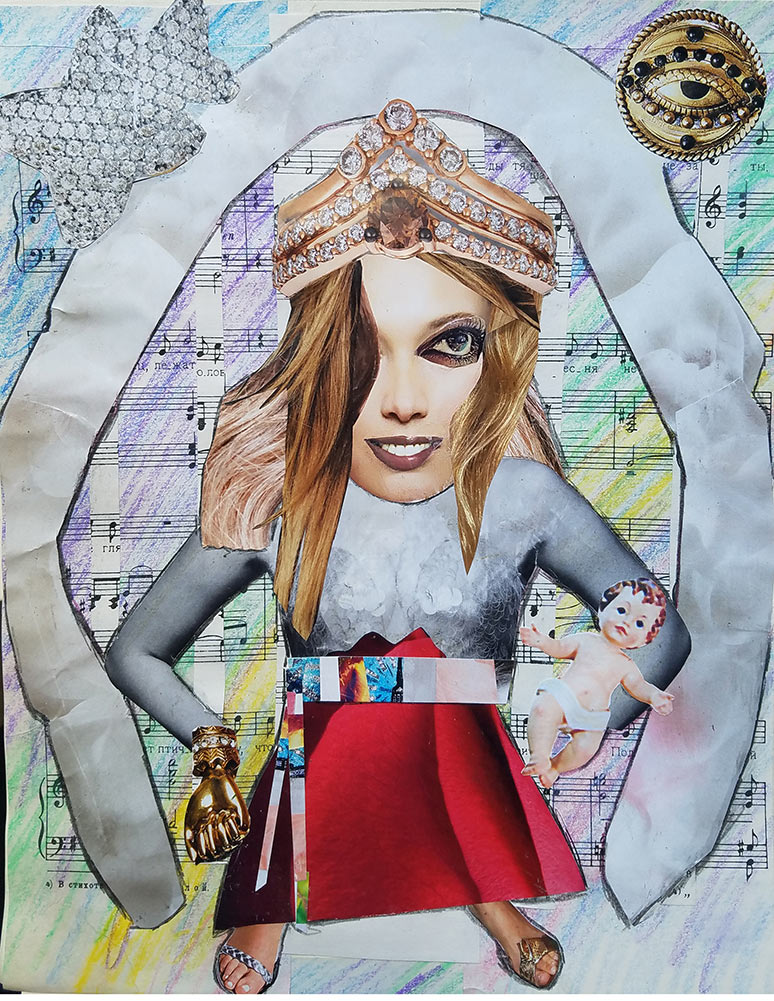
My collage is based on a statue of the Virgin Mary holding baby Jesus. I chose this theme because it reminds me of my childhood. I spent my summers in Italy while my single mother worked two jobs during the months I was gone. Many Sundays were spent in the beautiful cathedral of Monte Berico in Vicenza, Italy, where the services were in Latin. As I sat mesmerized by the poetic sounds coming from the pulpit, the Virgin Mary was the central figure behind the priest. Her gold crown shined, and her smile was comforting. Jesus on the cross was on the right side of the pulpit, almost secondary to the Virgin Mary.
In the Roman Catholic tradition, a person does not pray directly to Jesus or to God, but instead to the Virgin Mary or any number of saints, and ask her to take your prayers to God. When visiting churches closer to my grandparent’s home, after the service, we walked by a life-size statue of Mary and touched her bare feet as we said a quick prayer or gave thanks. It was a tradition I always found strange, but, as a child, it was comforting to think you had someone else besides God on your side. My mother received the small statue in the picture above when she was a child. I still have a glow-in-the-dark Virgin Mary that was my great-grandmother’s. I used to stare at the soft glow as I fell asleep on those warm summer nights in Italy.
My collage presents an almost Picasso-like version of the Virgin Mary. It is a combination of figures from my mom and Monte Berico. Her crown of jewels represents her sainthood. Her one eye looks up to the eye-in-the-sky that is God. She holds the baby Jesus in one arm, and her feet are exposed so they can be rubbed while giving thanks for taking prayers to God. The sheet music in the background is from a book of Tchaikovsky children’s songs, fun and straightforward. The fluffy clouds around her remind me of her place in heaven, close to her son, Jesus.
Discussion Board:
Discuss what you perceive as the strengths and weaknesses of your project and how you could improve. Respond to 2 peers, providing constructive critique on their project by using course terminology and techniques you have learned throughout the course.
Strengths of my project
1 – I didn’t give too much consideration to how my project should look like the original pictures. I used what I could find in the one magazine I purchased, along with the music paper I had on hand.
2 – I believe I added everything that I remember from my childhood – the bare feet, the baby Jesus in Mary’s arms, the crown or halo around her head, and Mary is the one who takes prayers to God.
3 – Not having any preconceived notions of what my collage should look like, I think I used the resources I had in an effective way to convey my idea.
Weakness
1 – I would like to be better at shading and adding appropriate highlights to the collage to make certain areas pop out from the page.
2 – I think the baby Jesus should be larger and more prominent in the picture, thus giving the viewer a clearer idea of who this is supposed to be.
3 – There is a lot of activity on the page, and the viewer’s eyes may not know where to go. I would like to have 2 or 3 focal points stand out in the picture.
I started my collage with no preconceived notion of exactly what it should look like in the end. Using one magazine and music paper, I did achieve my three primary goals of having a halo or crown, the baby Jesus, and bare feet. These are the main concepts I remember from my childhood and my interactions with the Virgin Mary and the Roman Catholic church. My favorite part of the collage is the large eye on Mary’s face looking up towards the right. Although I did achieve my goals, I would like to have made the baby Jesus larger and more prominent in the picture. There is a lot of activity on the page, and the viewer’s eyes may not know where to go. If I remade this collage, I would tone down the colors and make two or three items stand out from the rest of the picture, giving the viewer a clear path to follow when looking at the picture.
Grade: A
Self Portrait – with a Christian view
Laurene Craig
Dr. Margaret Dikovitskaya
ARTS 105-B04 LUO
June 24, 2018
Self Portrait of Laurene Craig
My self-portrait consists of 4 essential parts of my life. The center of my portrait is the Promise Cross. This cross with a heart balanced across the center is said to represent “God’s love, the gift of his Son, and the incredible offering that was given to us, through His Promise in John 3:16” (www.ironchinchilla.com). Jesus is the center of my life, grounding me in His love. At the top is my family that consists of my husband, son, and daughter. They are the center of my life and love on earth. My pets bring me joy, happiness, and unconditional love, even on my worst days. The little spare time I have, I love to create. My creative outlet is sewing, making any number of things, including purses, costumes, stuffed animals, and whatever tickles my fancy.
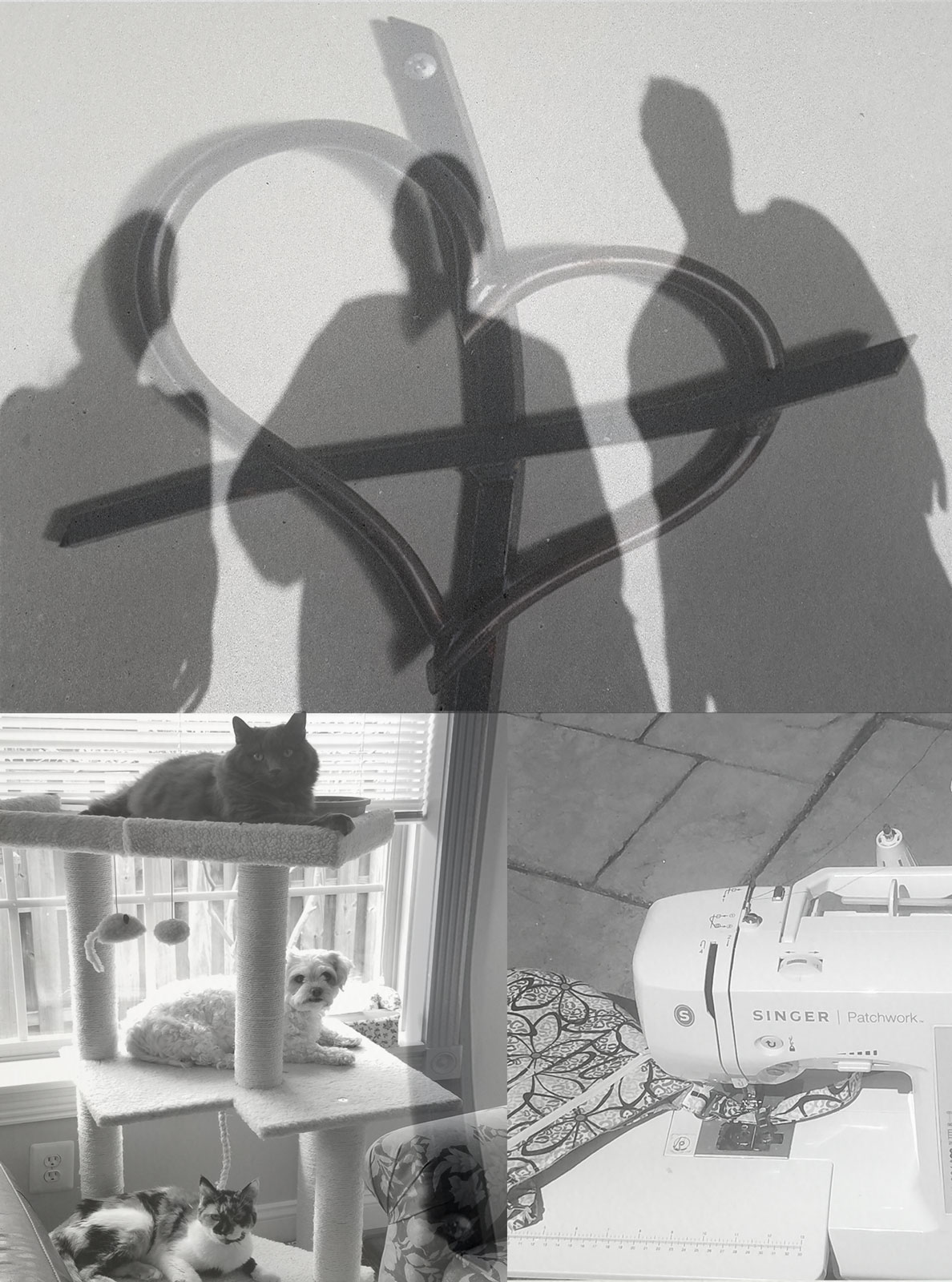
Grade: A
Art Analysis Paper
After writing this paper, I fell in love with Van Gogh. When I saw some of his work at the Smithsonian, I was mesmerized by the real thing, imagining the painter at work in front of the canvas. I had tears thinking that I was in front of a painting made by the hands of Van Gogh himself. This class really helped me appreciate art – a fitting class title.
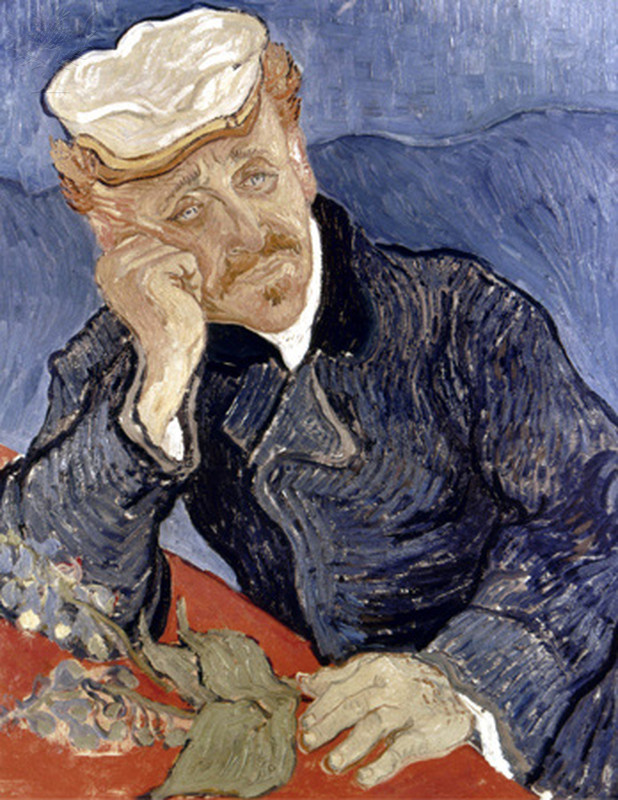
Laurene Craig – Art Analysis – Van Gogh – Arts105 B04 LUO2
DIRECTIONS:
Choose 1 of the artworks listed below and develop a 2-page analysis paper that focuses on the principles and elements of art creation as they are used in the chosen piece.
Gachet
Van Gogh, Vincent. Dr. Gachet. Painting. Britannica ImageQuest. 1890.
Grade: A
What Is Art?
The final paper for the class. Oh….how easy it was back then.
Laurene Craig
Dr. Margaret Dikovitskaya
ARTS 105-B04 LUO
July 12, 2018
What Is Art?
Art is a noun. The definition of art is “the expression or application of human creative skill and imagination, typically in a visual form such as painting or sculpture, producing works to be appreciated primarily for their beauty or emotional power” (dictionary.com). Besides painting and sculpture, art can consist of a wide variety of items, including photographs, architecture, computer-generated images, children’s drawings, fabric, and jewelry, to name a few. Art can be permanent, like primitive cave paintings, or temporary, like sand sculptures. Art can be an expression of the artists’ emotion or show a place in time.
Art is the earliest expression of human feelings. The discovery of the Chauvet cave in Europe found cave paintings that depict animals and hunters dating to the stone age. Scholars’ theories on the pictures vary. One suggestion is the cave paintings “had been made purely for pleasure during times of rest from hunting or other occupations” (Getlein, page 5). Another idea is the pictures were a form of magic or part of shaman rituals.
Since the stone age, art has undergone many changes in style, technique, and what the artists use to create. Each era has produced its style and is affected by the prevailing political and religious views. For example, during the Reformation in the 16th century, paintings in Europe went from a religious belief to a natural perspective. The trend was to paint more landscapes and portraits. During the Expressionist period, a post-World War II generation wanted to break free from the restraints of traditional art and express themselves with new techniques and materials.
Sculptures and statues of humans abound in history and originate from many types of materials, including metal, terra cotta, stone, and marble, to name a few. Sculptures range from small clay figures with little detail to huge statues in Egypt that stand guard by the tombs of rulers. How artists sculpt, the human body has changed from the earliest attempts. During the Middle Ages, artists started to concern themselves with how fabric draped over a human body. During the next era, the Renaissance, artists began exploring the human body and how muscles work. From this study emerged statues that show the detail of the ideal physical form. A great example is the statue of David by Michelangelo that shows a very fit man with defined muscles and hands.
From the earliest time in history, people have made art. All art forms are an extension of the artist’s feelings or surroundings, including other people in their lives. From paintings to sculptures to the scribblings of a child, art reflects the styles, trends, and views of the era.
Works Cited
Getlein, Mark. Living with Art. McGraw-Hill Education, 2016.
Grade: A

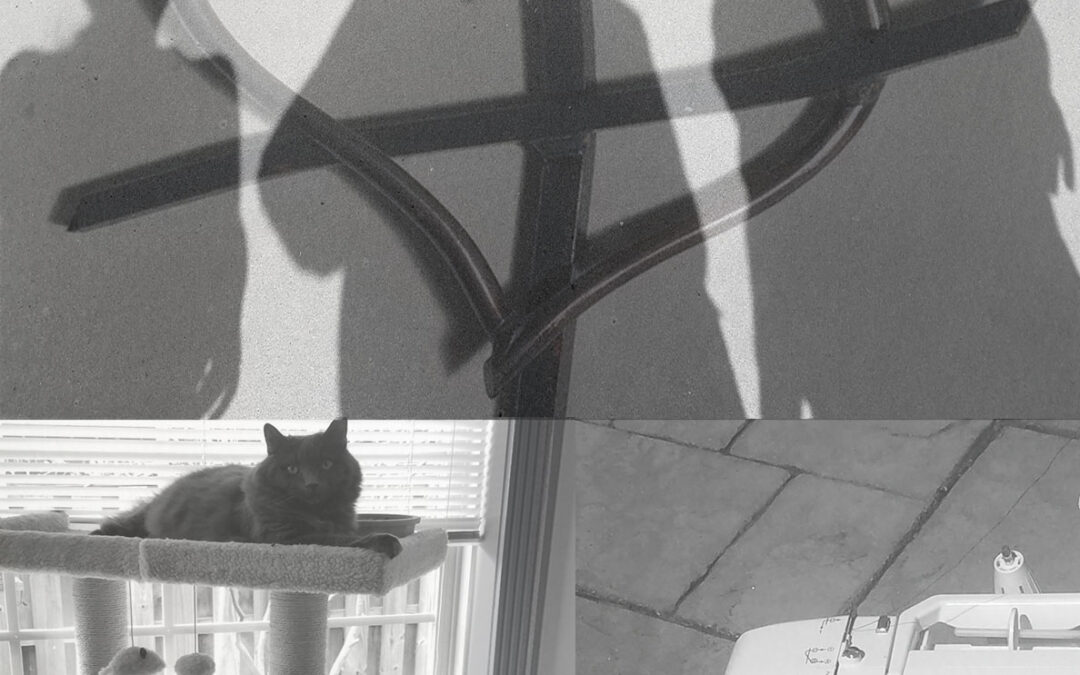
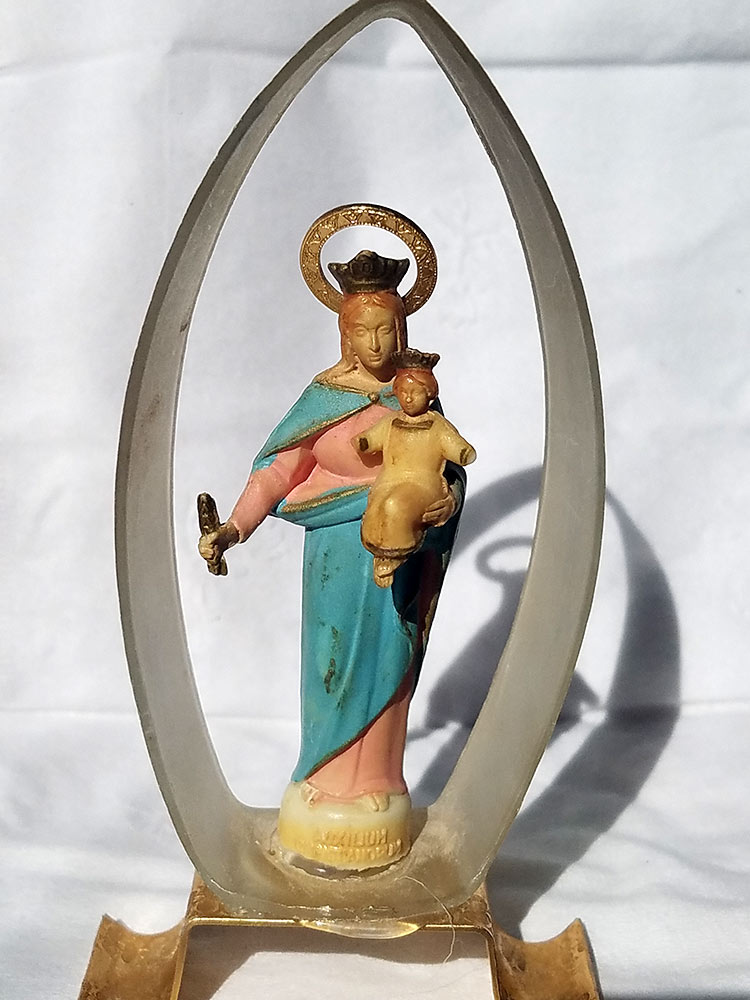
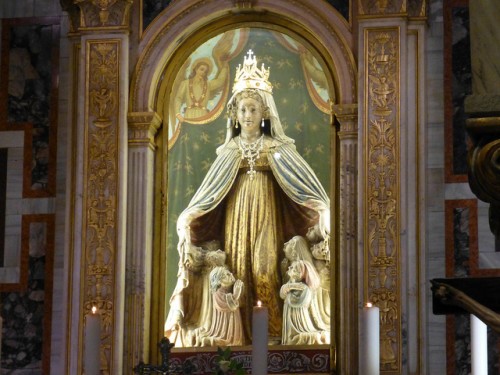
Recent Comments